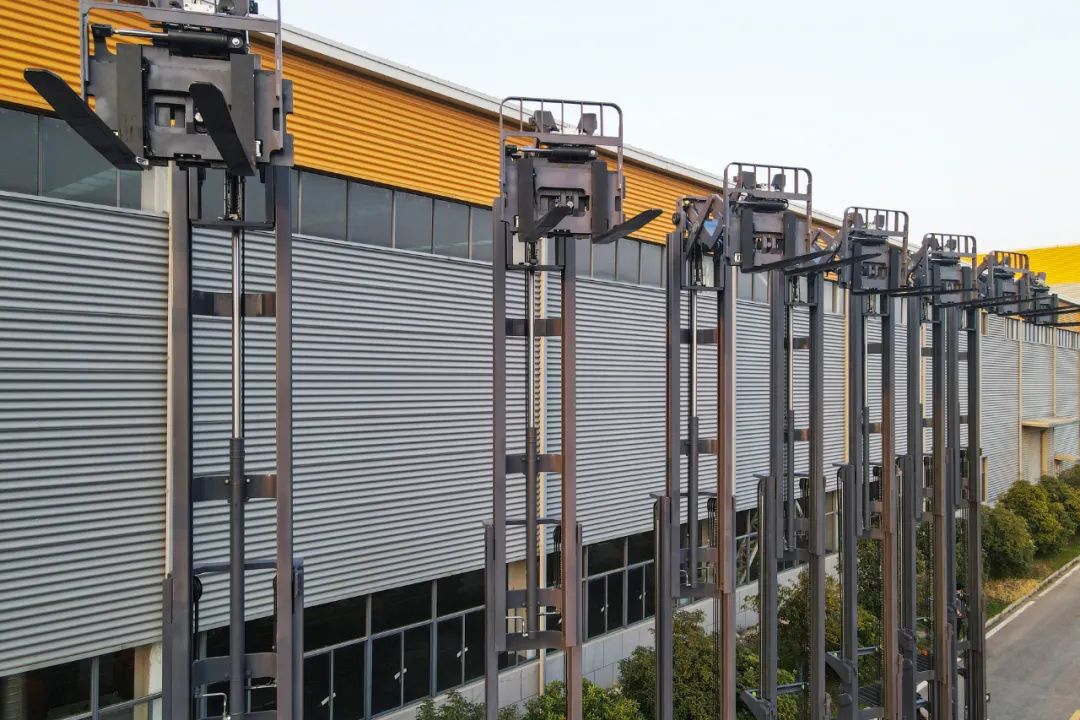Why ESR Is Also Known As EPR?
ESR (Electron Spin Resonance) and EPR (Electron Paramagnetic Resonance) are used interchangeably to describe the same spectroscopic technique. The reason for the two different names can be traced to the historical development of the field and some of the interesting stories surrounding it.
Originally, the technique was called ESR, or electron spin resonance. It was discovered in the mid-20th century by physicists studying the behavior of electrons in magnetic fields. They observed that certain materials absorbed energy at specific frequencies when exposed to strong magnetic fields and subjected to electromagnetic radiation. This absorption is due to the electron spin states flipping in the magnetic field, resulting in resonance.
As the field grew, researchers began to study the spectra of paramagnetic species - atoms, molecules, or ions with unpaired electrons. They realized that ESR techniques could be used to study a wider range of systems than just electrons. As a result, the term EPR (Electron Paramagnetic Resonance) was coined to encompass a broader range of applications.
The transition from ESR to EPR did not happen overnight or with universal adoption. Different research groups and scientific communities preferred to use either term. For example, the term ESR was widely used in the United States, while EPR became popular in Europe. This difference in naming conventions continued for some time until the two terms gradually became synonymous. Today, the two terms are widely accepted and used interchangeably to describe the same spectroscopic techniques.
The dual naming of ESR and EPR provides insight into the historical development of the field and how scientific terminology has evolved and adapted over time. It also serves as a reminder that in science, different cultures and communities may adopt different names for the same concept, and these differences may persist until a consensus is reached.
EPR spectroscopy has applications in a variety of fields including chemistry, physics, biochemistry, materials science, and medicine. It has been used to study the structure of metalloproteins, the mechanism of enzyme reactions, the properties of organic radicals, the behavior of transition metal complexes, and defects in semiconductors, as well as many other fascinating areas of research. Its ability to probe electron spin makes it an invaluable tool for understanding the fundamental properties of paramagnetic systems and exploring their role in a variety of physical and chemical processes.
>> Check more about CIQTEK EPR spectroscopy.
















